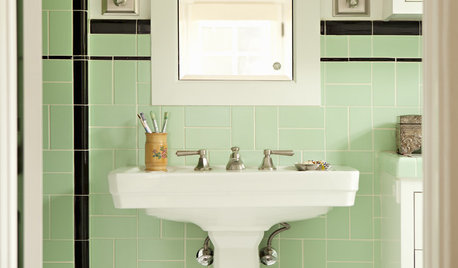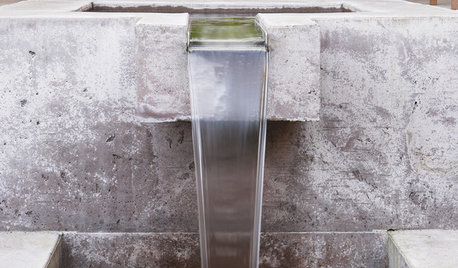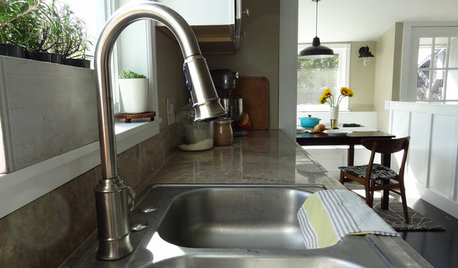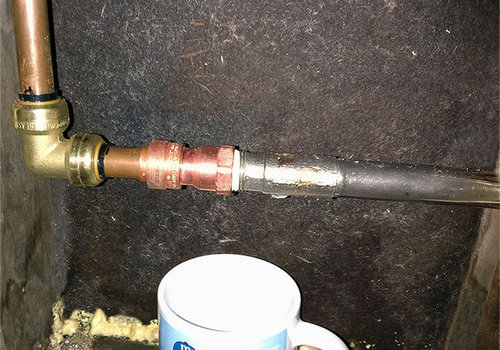Sillcock mount thread connection dripping
icefox
11 years ago
Related Stories

HOME TECHMeet the New Super Toilets
With features you never knew you needed, these toilets may make it hard to go back to standard commodes
Full Story
BATHROOM DESIGN9 Surprising Considerations for a Bathroom Remodel
Don't even pick up a paint chip before you take these bathroom remodel aspects into account
Full Story
KITCHEN CABINETSChoosing New Cabinets? Here’s What to Know Before You Shop
Get the scoop on kitchen and bathroom cabinet materials and construction methods to understand your options
Full Story
REMODELING GUIDESOriginal Home Details: What to Keep, What to Cast Off
Renovate an older home without regrets with this insight on the details worth preserving
Full Story
HOUSEKEEPINGWhat's That Sound? 9 Home Noises and How to Fix Them
Bumps and thumps might be driving you crazy, but they also might mean big trouble. We give you the lowdown and which pro to call for help
Full Story
GARDENING AND LANDSCAPINGLandscape Trends: Spout and Trough Fountains
The Rural Landscape Provides a Modern Form for the Garden
Full Story
KITCHEN COUNTERTOPSKitchen Counters: Concrete, the Nearly Indestructible Option
Infinitely customizable and with an amazingly long life span, concrete countertops are an excellent option for any kitchen
Full Story
FARM YOUR YARDHow to Build a Raised Bed for Your Veggies and Plants
Whether you’re farming your parking strip or beautifying your backyard, a planting box you make yourself can come in mighty handy
Full Story
HOUZZ TVHouzz TV: How to Install a Rain Barrel
This DIY tutorial shows how easy it can be to capture rainwater from your roof to use in your garden later
Full Story
DIY PROJECTSHow to Replace Your Kitchen Faucet
Swap out an old faucet to give your kitchen a new look — it's a DIY project even a beginner can do
Full Story








geoffrey_b
User
Related Professionals
Livingston Handyman · Holden Kitchen & Bathroom Remodelers · 93927 Kitchen & Bathroom Remodelers · Biloxi Kitchen & Bathroom Remodelers · Cocoa Beach Kitchen & Bathroom Remodelers · Creve Coeur Kitchen & Bathroom Remodelers · Key Biscayne Kitchen & Bathroom Remodelers · Kuna Kitchen & Bathroom Remodelers · Lincoln Kitchen & Bathroom Remodelers · Richland Kitchen & Bathroom Remodelers · Southampton Kitchen & Bathroom Remodelers · Thonotosassa Kitchen & Bathroom Remodelers · Toledo Kitchen & Bathroom Remodelers · West Palm Beach Kitchen & Bathroom Remodelers · Weymouth Kitchen & Bathroom RemodelersicefoxOriginal Author
brickeyee
icefoxOriginal Author
User
icefoxOriginal Author
User
weedmeister
icefoxOriginal Author
southerncanuck
brickeyee